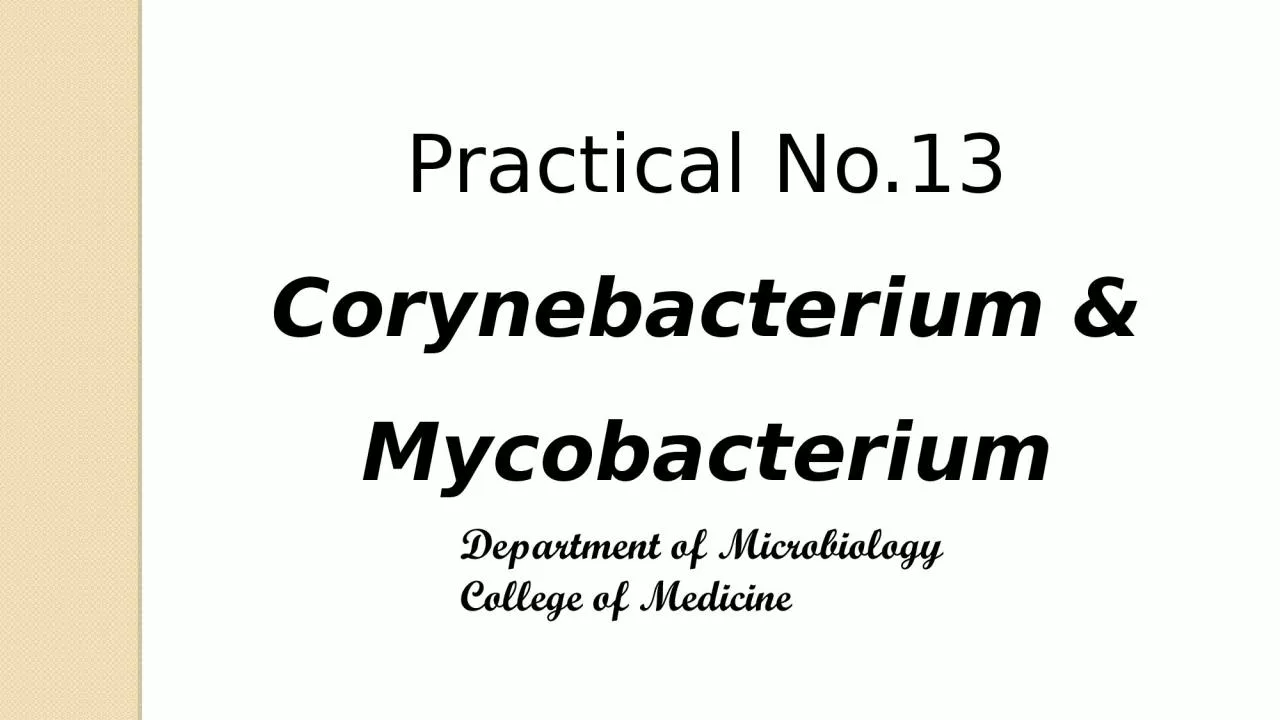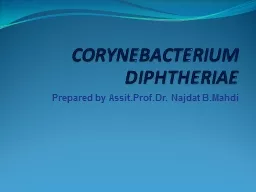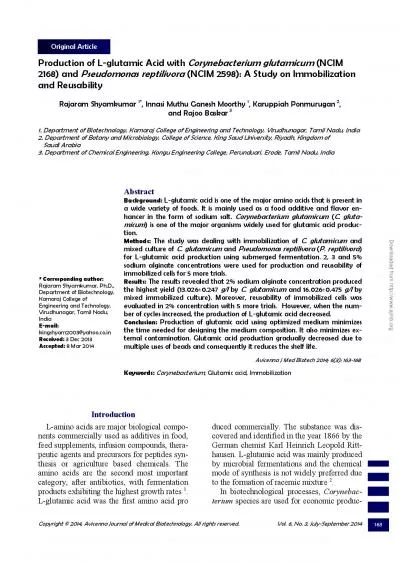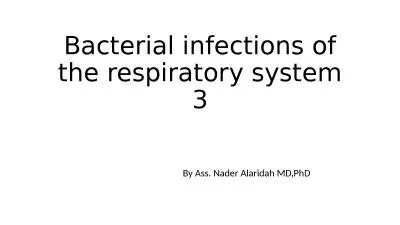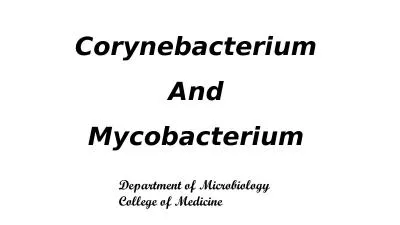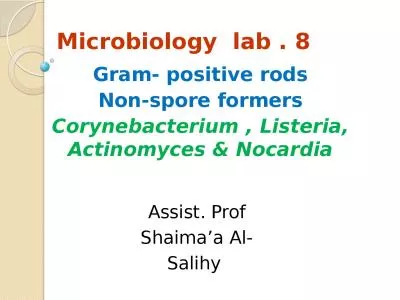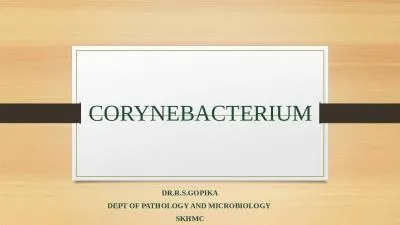PPT-Practical No.13 Corynebacterium
Author : SupremeGoddess | Published Date : 2022-08-01
amp Mycobacterium Bacterial shape Bacilli Cocci Gram ve Gram ve Gram ve Neisseria spp Staphylococcus Streptococcus Gram ve Enterobacteriaceae Spore forming 1 Bacillus
Presentation Embed Code
Download Presentation
Download Presentation The PPT/PDF document "Practical No.13 Corynebacterium" is the property of its rightful owner. Permission is granted to download and print the materials on this website for personal, non-commercial use only, and to display it on your personal computer provided you do not modify the materials and that you retain all copyright notices contained in the materials. By downloading content from our website, you accept the terms of this agreement.
Practical No.13 Corynebacterium: Transcript
Download Rules Of Document
"Practical No.13 Corynebacterium"The content belongs to its owner. You may download and print it for personal use, without modification, and keep all copyright notices. By downloading, you agree to these terms.
Related Documents

